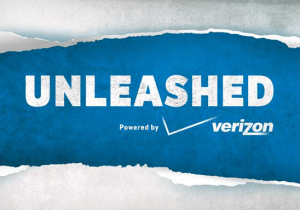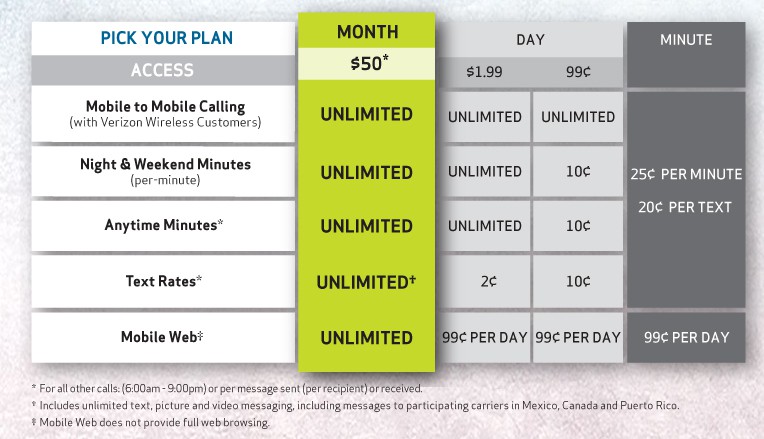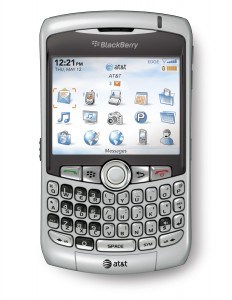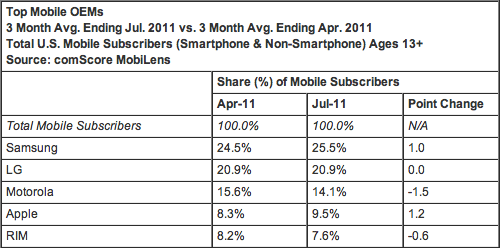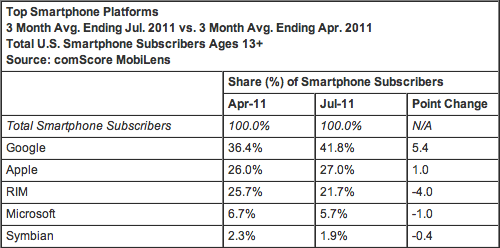 AT&T flipped the switch Sunday on its new 4G-LTE wireless data network, and the resulting next-generation wireless speeds now available to customers in Atlanta, Chicago, Dallas, Houston and San Antonio, Texas are impressive, averaging 23.6Mbps on the download and 15.2Mbps for uploads during a three-day test.
AT&T flipped the switch Sunday on its new 4G-LTE wireless data network, and the resulting next-generation wireless speeds now available to customers in Atlanta, Chicago, Dallas, Houston and San Antonio, Texas are impressive, averaging 23.6Mbps on the download and 15.2Mbps for uploads during a three-day test.
Mobile World reports initial testing by Signals Research in Houston delivered a peak data rate of a massive 61.1Mbps. The researchers transferred nearly 90GB of data back and forth during the weekend tests, almost always at data rates above 5Mbps.
AT&T intends to compliment its existing “4G” HSPA+ network with a gradual rollout of LTE service in their major markets, eventually covering 44,000 nodes over a three-year period.
AT&T will first introduce its LTE service to wireless mobile broadband customers who will find the USB modems on sale with a two-year service commitment. Support for the network on smartphones will come later.
A few important points to consider before becoming too excited with AT&T’s speed ratings:
- Signals Research conducted the tests on an effectively empty network. Since AT&T hasn’t started selling LTE-capable smartphones yet, the only ones using the network are AT&T’s mobile broadband customers, most of whom are using AT&T’s older HSPA+ service. AT&T doesn’t guarantee any particular speed, and it’s a safe bet speeds will slow considerably when smartphone customers eventually pile on board.
- That speed comes at a significant price. AT&T is charging $50 a month for mobile broadband service with a 5GB usage cap. Each additional gigabyte runs $10. Signals Research is lucky they didn’t pay AT&T the going rate during their tests. That 90GB of data would result in a bill from AT&T amounting to $50 for service, and $850 in overlimit penalties.


 Subscribe
Subscribe

